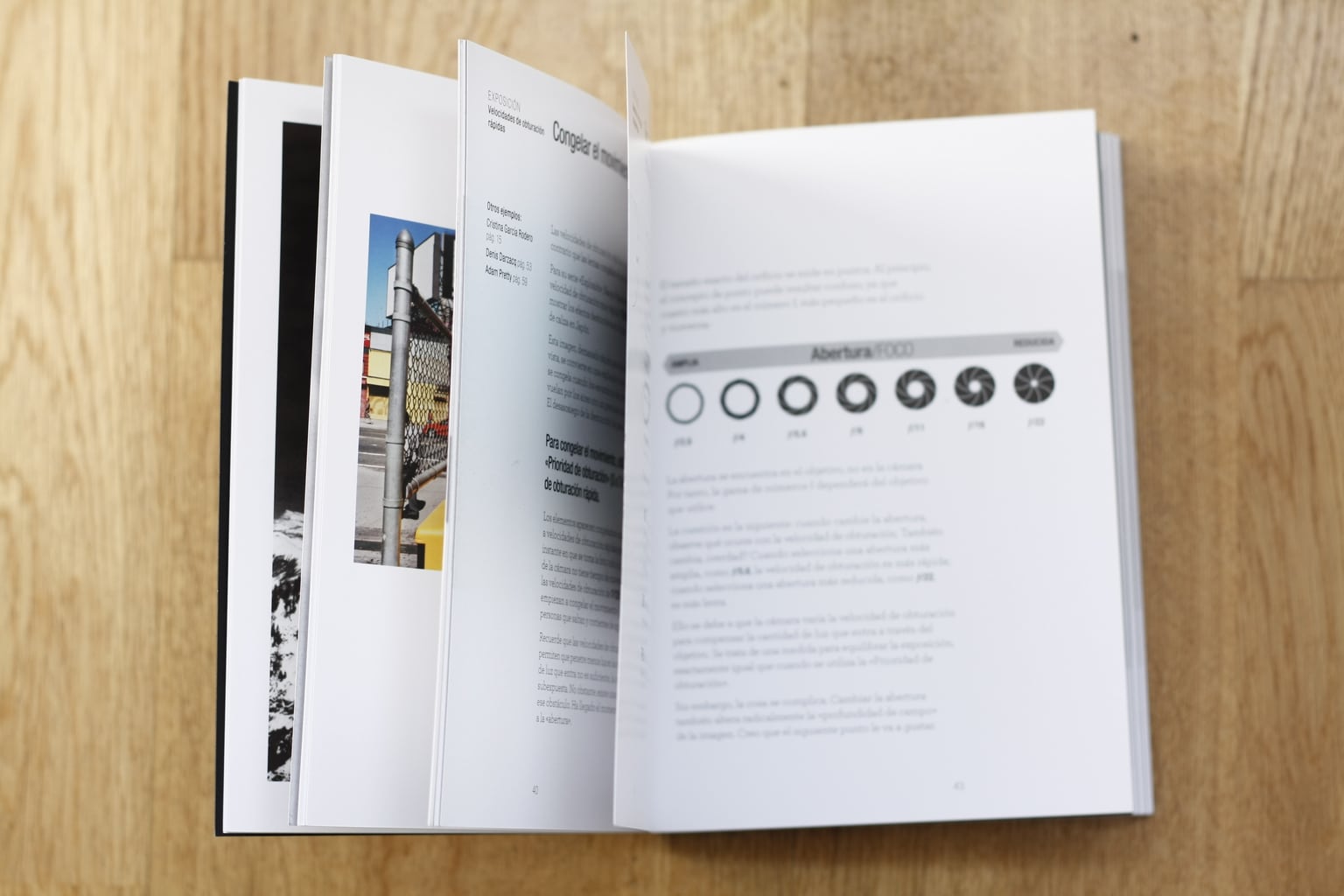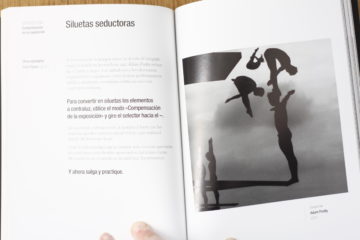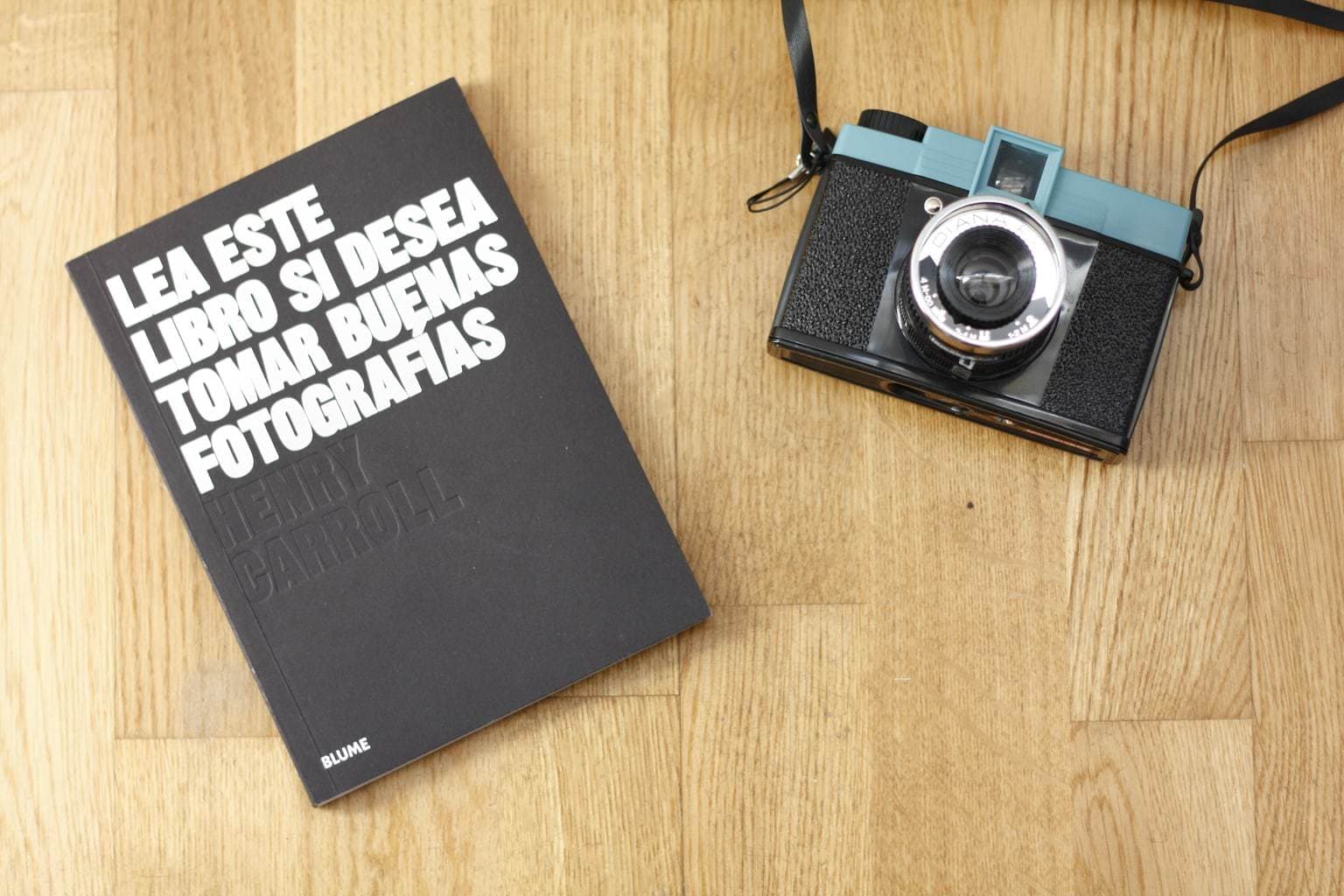Happy with the reception that our Literary Recommendation section continues to have , we come with a new title. Although the previous literary recommendations were aimed at a somewhat more expert or advanced audience, today I bring you a proposal for all audiences, especially for beginners. do you want to know what is it about? Let's get to it ?
READ THIS BOOK IF YOU WANT TO TAKE GOOD PICTURES
No, it's not advice I'm giving you, but the title of the book ? . But if you ask me... yes, I do advise you to read it, that's why I'm writing this, albeit with some nuance that you will discover throughout the article.
This publication is divided into: Introduction, Composition, Exposition, Light, Objectives, See and Annexes.
Introduction
A brief introduction where he shows that what is important is not the technical knowledge or the team that is responsible for a good photo, but the eyes .
Composition
He presents it as the pillars of photography and talks about vanishing lines, framing, planes, symmetry, the rule of thirds, visual weight and transgression of the rules.
Exposition
This section presents the different shooting modes and the exposure triangle. Explains shutter speed, aperture , and ISO and how they relate to each other to help you capture motion, freeze it, shoot light trails, ignore the background, or zoom in on the entire frame. He also talks very simply about exposure compensation and how and when to use it.

Light
Light as a theme, as an object, as a protagonist. This is what he presents to you in this part of the book where he talks about hard and soft light, its advantages and disadvantages, its beauty and its message. He also differentiates between artificial light and natural light and how they affect the color of the photograph, where he takes the opportunity to present the white balance . It also has a space dedicated to the built-in and fill-in flash.
objectives
A section to situate you in what focal lengths are without technicalities. It begins by explaining what is zoom and fixed, focal length, field of view and sensor size, so that, from here, you understand how a telephoto lens, a standard lens or a wide lens works, and how they are related to the protagonists of the film. scene and affect our relationship with them and the way we shoot.
Watch
This section is dedicated to awakening sensitivity, to understanding the difference between looking and seeing. It invites, among other things, to find the right moment to shoot, to appreciate the "perfect imperfections", to capture the beauty of the everyday and to look with the eyes and not through the viewfinder.
Exhibit
Finally, in the annex, in addition to the index, credits and thanks, you will find two pages dedicated to frequently asked questions and solutions.

IDEAL FOR…
I have anticipated it, it is ideal for all audiences. Mainly for newcomers to the photographic world, as it is written in simple, entertaining language, with the right text, without many detours or too many explanations. In addition, it makes a summary of the most basic in terms of composition and exposure.
And I say for all audiences because it is also a good reminder for those who have been around for a while and have more advanced knowledge, because although it does not contribute anything very new (under the sun ? ), it does serve to bring back those who has been a bit confused, or for those who have learned by trial-error.
ABOUT THE AUTHOR
Henry Carroll, writer and photographer, publishes his work on the website henrycarroll.co.uk. He is the founder of Frui, one of the UK's leading providers of creative photography courses and holidays. He is the author of Fourteen Zebra, his first book. This is his second work, which has been translated into ten languages. He has been a columnist for City AM and a contributor to Time Out London, The Evening Standard, The London Paper, Next Level, an.co.uk and varioussmallfires.co.uk.
THE BEST
It is written in very clear and simple language. With little text (the necessary one) and with many graphic examples. In each of the sections you have a specific example and it points you to other pages where you can check that same rule or advice.
It is entertaining and short, it is far from those billets full of technicalities, impossible to read, extensive until boring and with more letters than photos.
Although the book is small, the photos are large enough to look at comfortably and fully understand what the author wants to convey.
Another of its advantages is its size, since it is tiny and manageable, you can take it wherever you want, to your photographic outings, on the subway, etc.
WORST
That ends quickly ?
If I have to say something bad , it is precisely that it provides little for the more advanced, it is very basic, but it is perfect for beginners.
And something that doesn't completely convince me is the author's aversion to photographing manually, something with which the Blog del Fotografo team does not agree at all, because photographing in Manual opens up a world of magical possibilities that you would hardly discover on your own. Another way. I understand that it is because it is a book to get started and he prefers that you do not get stuck, that is why he recommends semi-manual modes more. I wouldn't say the same if I knew about our publication The Magic of Photographing in Manual Mode ? .
ANOTHER POST BY THE AUTHOR
Along the same lines you can find this other publication about portraits:
CONCLUSIONS
A pleasant, pocket-sized book that you can take anywhere. To learn, remember and enjoy the photographs of some of the best photographers in history. A text that you will read quickly and without difficulty. A good gift for yourself or whoever you want.
Reading makes us wiser, so don't miss these other photography books that we think are essential.


